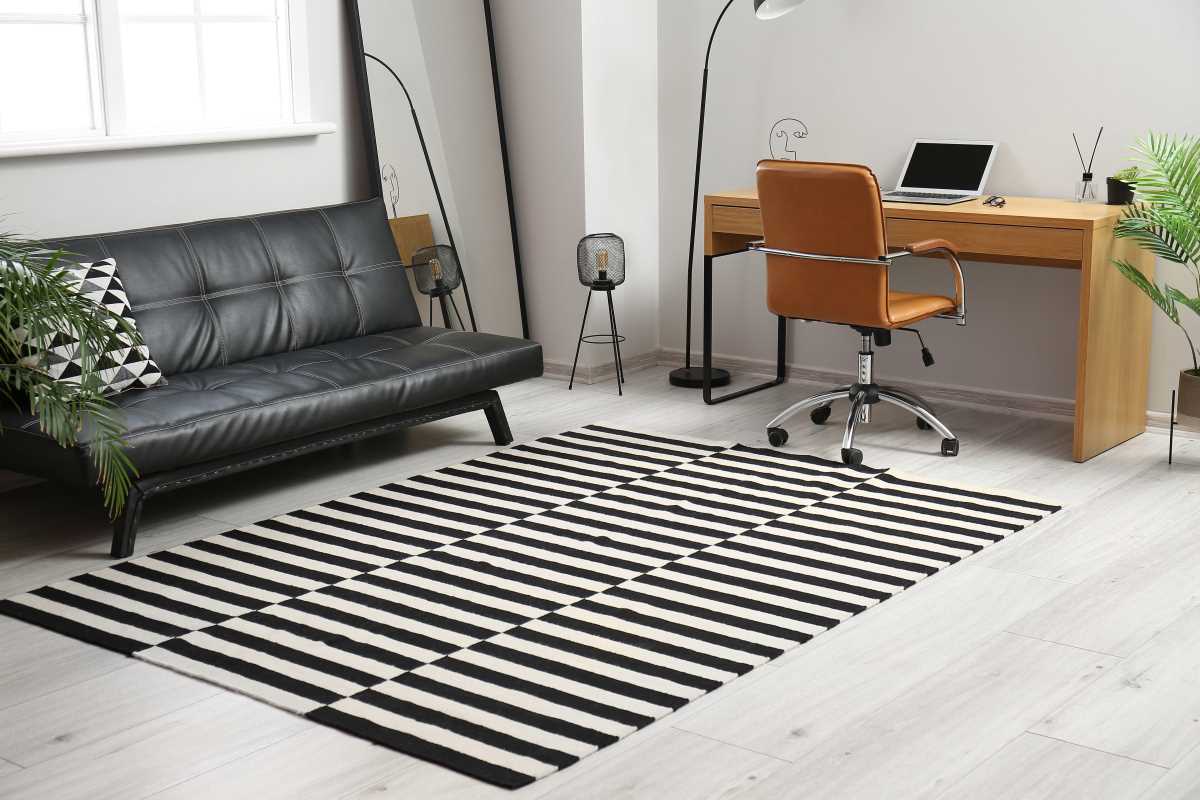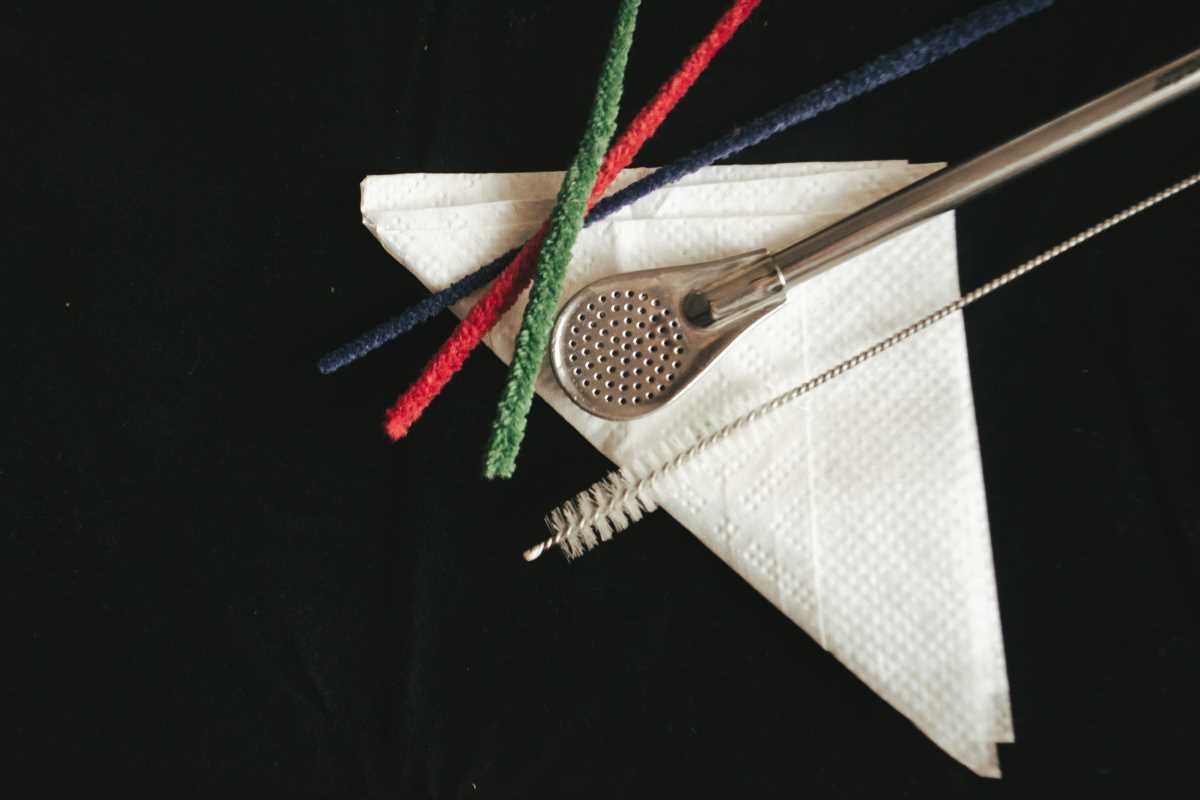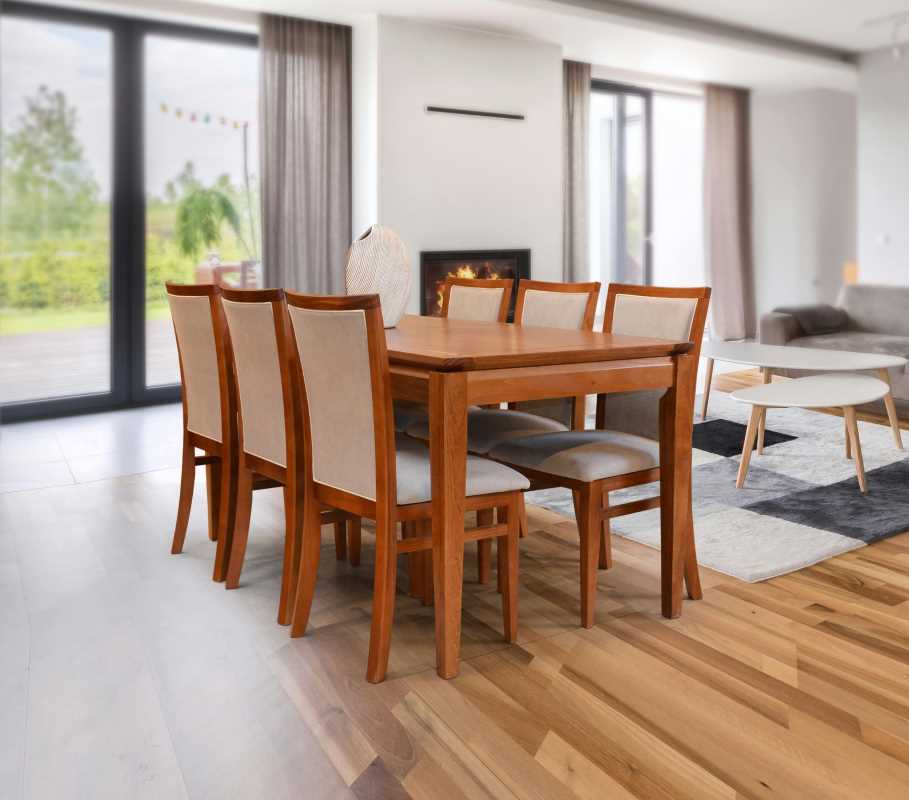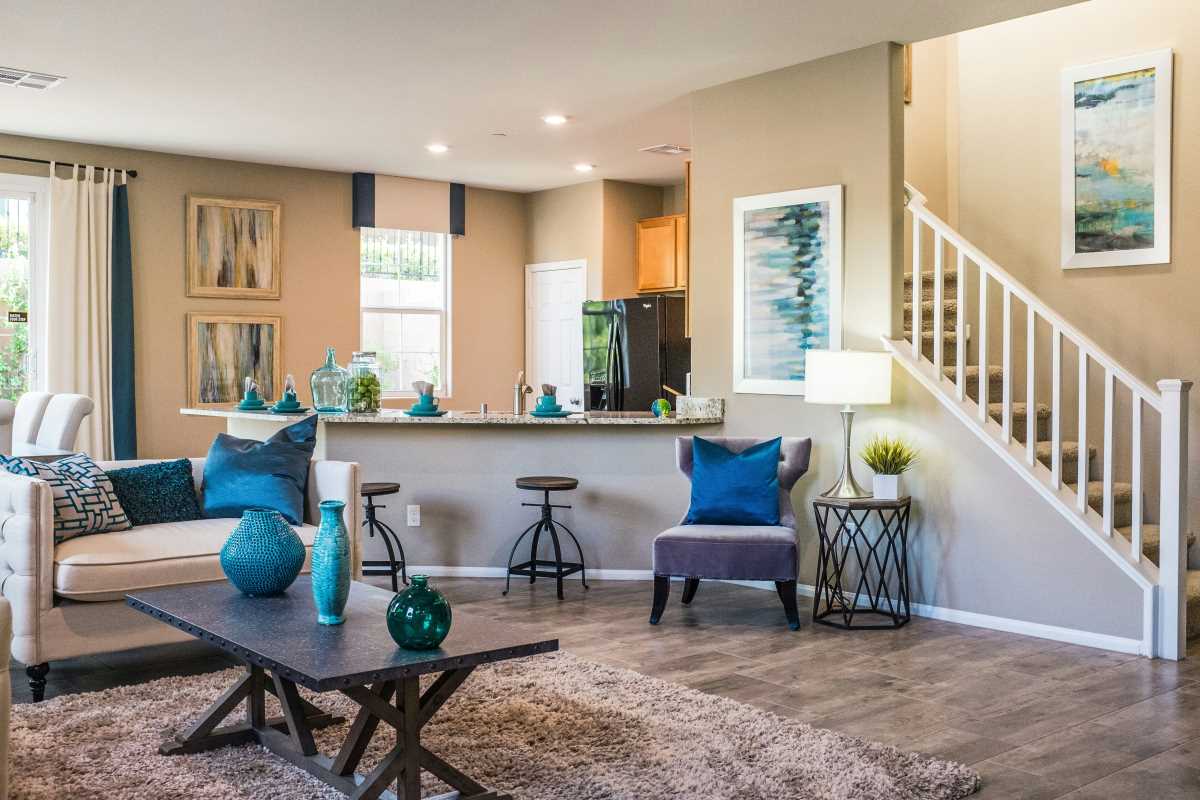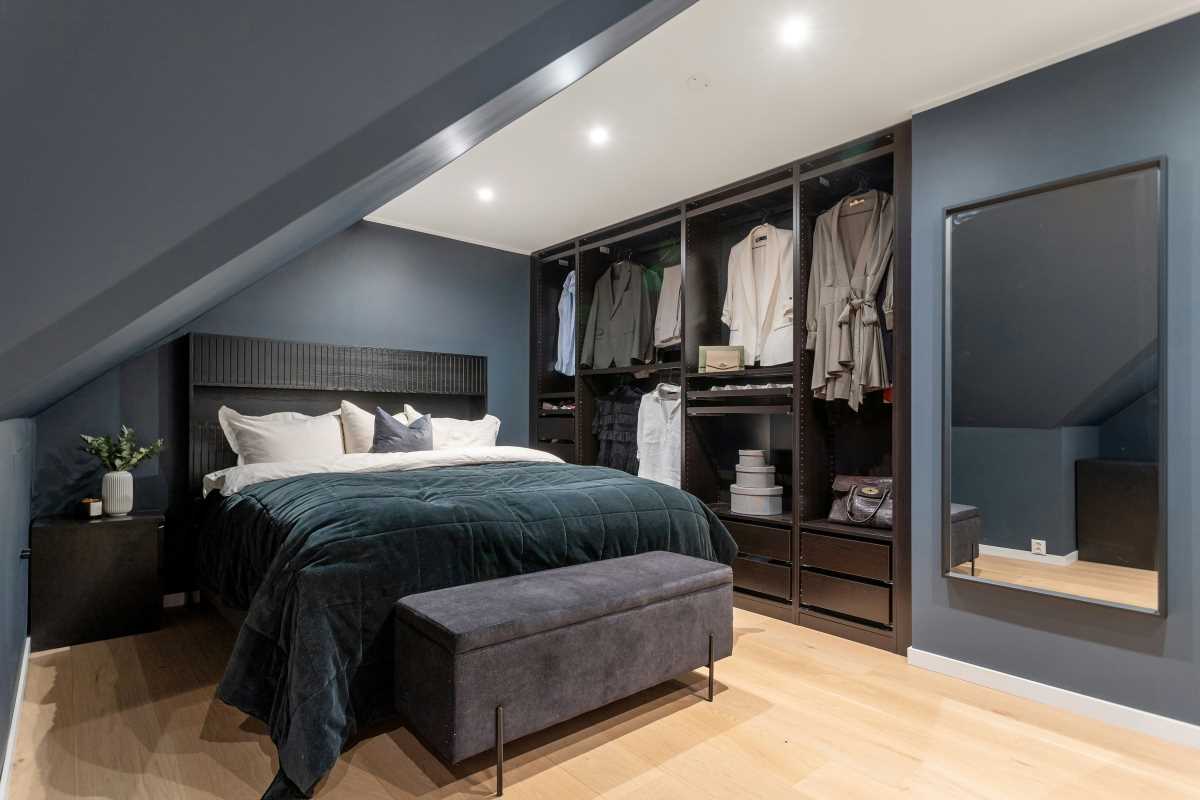A rug can be one of the most transformative elements in a room. It’s more than just a soft place to land your feet; it’s a powerful design tool that can anchor a space, define zones, add warmth, and introduce color and texture. Think of it as the foundation of your room's design. A well-chosen rug has the unique ability to pull together all the disparate elements, furniture, paint, art, and accessories, and make them feel cohesive and intentional. Without it, a room can feel disjointed, cold, and incomplete, with furniture that seems to be floating aimlessly.
Choosing the right rug can feel overwhelming. The sheer number of options in size, color, pattern, and material can be paralyzing. But the process doesn't have to be complicated. By understanding a few key principles of how rugs function in a space, you can select a piece that not only looks beautiful but also works hard to create a harmonious and stylish home. Whether you're looking to unify an open-concept living area or add a splash of personality to a bedroom, these smart rug ideas will help you tie your rooms together like a design professional.
Define Zones with Strategic Placement
In open-concept living spaces, it’s easy for the different functional areas to bleed into one another, creating a sense of chaos. Rugs are the perfect tool for creating clear, visual boundaries without putting up walls. A large rug can effectively carve out a cozy seating area in a living room, signaling where the conversation and relaxation happen. The key is to choose a rug that is large enough to anchor the entire furniture grouping. Ideally, at least the front legs of all your seating pieces (sofa, armchairs) should sit comfortably on the rug.
This same principle applies to other areas within an open-plan space. You can place a separate rug under your dining table to define the eating area. In a large bedroom, a rug can be used to create a distinct reading nook or a dressing area. By using different but complementary rugs, you can create separate "rooms" within a single large space, each with its own defined purpose. This creates a sense of order and flow, making the entire area feel more organized and thoughtfully designed.
Create Cohesion with Color and Pattern
A rug is a fantastic vehicle for introducing a color palette and then using it to unify a room. If you're starting a room design from scratch, falling in love with a rug first can make all your other decisions much easier. You can pull colors from the rug's pattern to choose your wall paint, throw pillows, curtains, and other accessories. This creates a sophisticated, layered look where every element feels connected. The rug acts as the central inspiration, ensuring a cohesive and harmonious color story.
If you're adding a rug to an already furnished room, look for one that incorporates at least two or three of your existing accent colors. This will instantly make the rug feel like it belongs in the space and will tie all the different pieces together. Don't be afraid of pattern. A patterned rug can be a great way to add energy and personality to a room. If you have solid-colored furniture, a bold pattern can be the statement piece you need. The key is to balance the scale; if you have small-scale patterns on your pillows, choose a larger-scale pattern for your rug, or vice versa.
The Art of Layering Rugs
Layering rugs is a design trend that has serious staying power for a good reason: it’s a brilliant way to add texture, dimension, and a custom look to any room. This technique is especially useful if you've fallen for a rug that is too small for your space or too expensive in a larger size. You can place a large, inexpensive natural fiber rug, like a jute or sisal, as a neutral base. This will cover the necessary floor area and provide a nice textural foundation. Then, you can layer the smaller, more decorative rug on top.
This creates a beautiful, curated feel and allows you to play with different combinations of texture and pattern. A vintage Persian rug layered over a simple jute rug, for example, can create a stunning focal point in a living room. The contrast between the rough, natural texture of the base rug and the soft, colorful pile of the top rug adds incredible visual interest. Layering is also a great solution for awkward-shaped rooms or for adding extra softness and warmth in a bedroom.
Don't Forget Hallways and Transitions
Hallways are often neglected spaces, treated as mere conduits from one room to another. However, they present a perfect opportunity to create a sense of flow and connection throughout your home. A runner is a hallway's best friend. It not only protects your floors in a high-traffic area but also adds a dose of color, pattern, and warmth. A beautiful runner can turn a boring hallway into a stylish runway, leading the eye and inviting you to explore the rest of the home.
When choosing a runner, consider how it relates to the rugs in the adjacent rooms. You don't need them to match perfectly, but they should share a similar color palette or style to create a cohesive journey through the house. Using rugs to manage transitions is a smart design trick. For example, if you have two rooms next to each other with very different color schemes, placing a rug in the doorway that incorporates colors from both rooms can create a beautiful, seamless visual bridge between the two spaces.
Pro Tips for Rug Selection and Placement
Getting the details right is what separates a good room from a great one. When it comes to rugs, a few simple rules of thumb can make all the difference in achieving that polished, cohesive look.
- Size Matters Most: The most common mistake is choosing a rug that is too small. A "rug island" floating in the middle of a room with no furniture on it will make the space feel smaller and disconnected. When in doubt, go for the larger size.
- Living Room Rules: In a living room, your rug should be large enough for at least the front legs of your sofa and chairs to rest on it. For a truly luxurious feel, choose a rug that is large enough for all four legs of every piece of furniture to sit on it.
- Dining Room Dimensions: A dining room rug should be large enough so that when you pull the chairs out to sit down, they remain completely on the rug. A good rule of thumb is to add at least 24 inches to each side of your dining table's dimensions.
- Bedroom Bliss: In a bedroom, the rug should extend at least 18-24 inches beyond the sides of the bed to give you a soft place to land your feet in the morning. Alternatively, you can use smaller rugs or runners on either side of the bed.
- Consider Maintenance: Think about the room's function. A high-traffic family room or entryway will benefit from a durable, low-pile rug that is easy to clean. A plush, high-pile rug might be perfect for a low-traffic bedroom.
Keep these practical tips in mind as you shop for and place your new rug.
